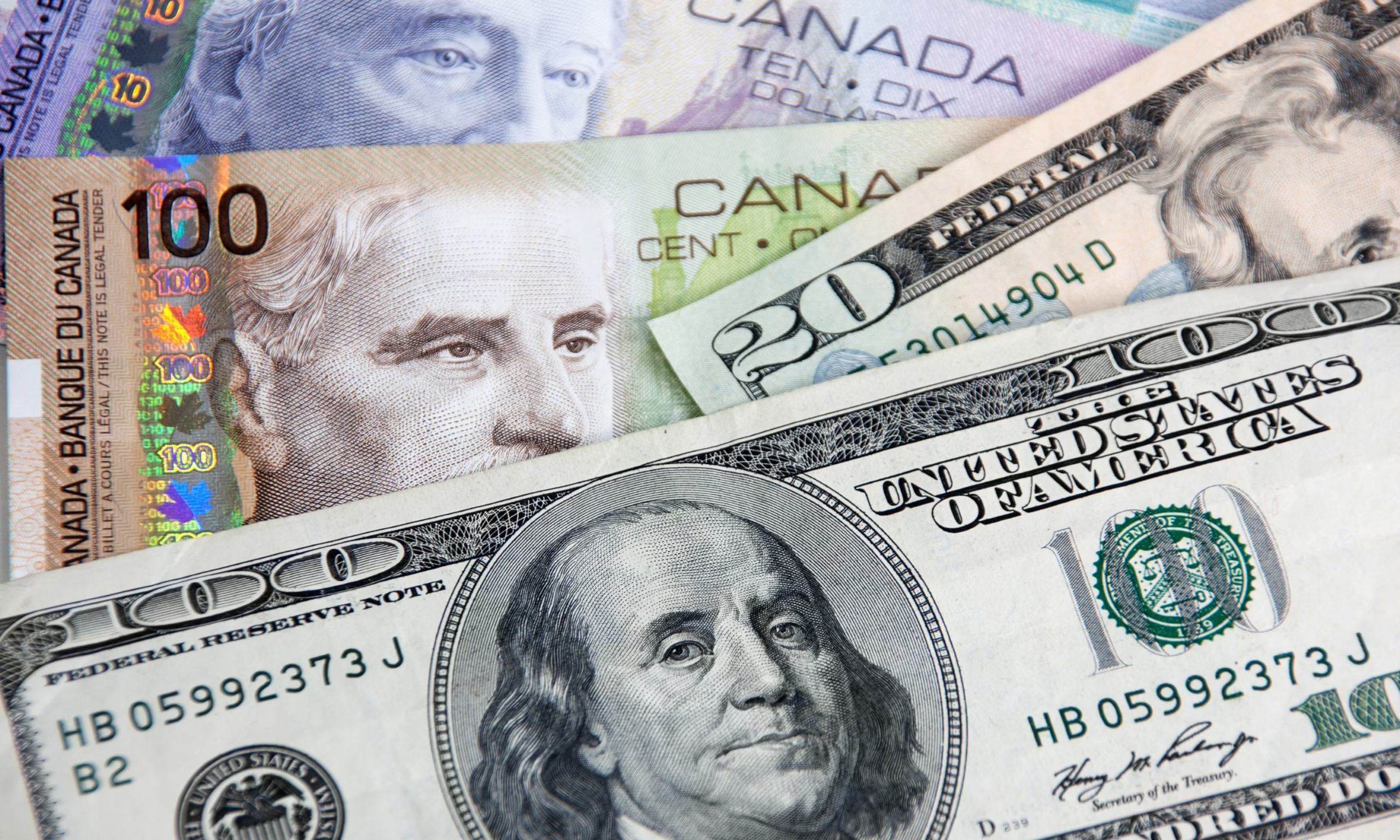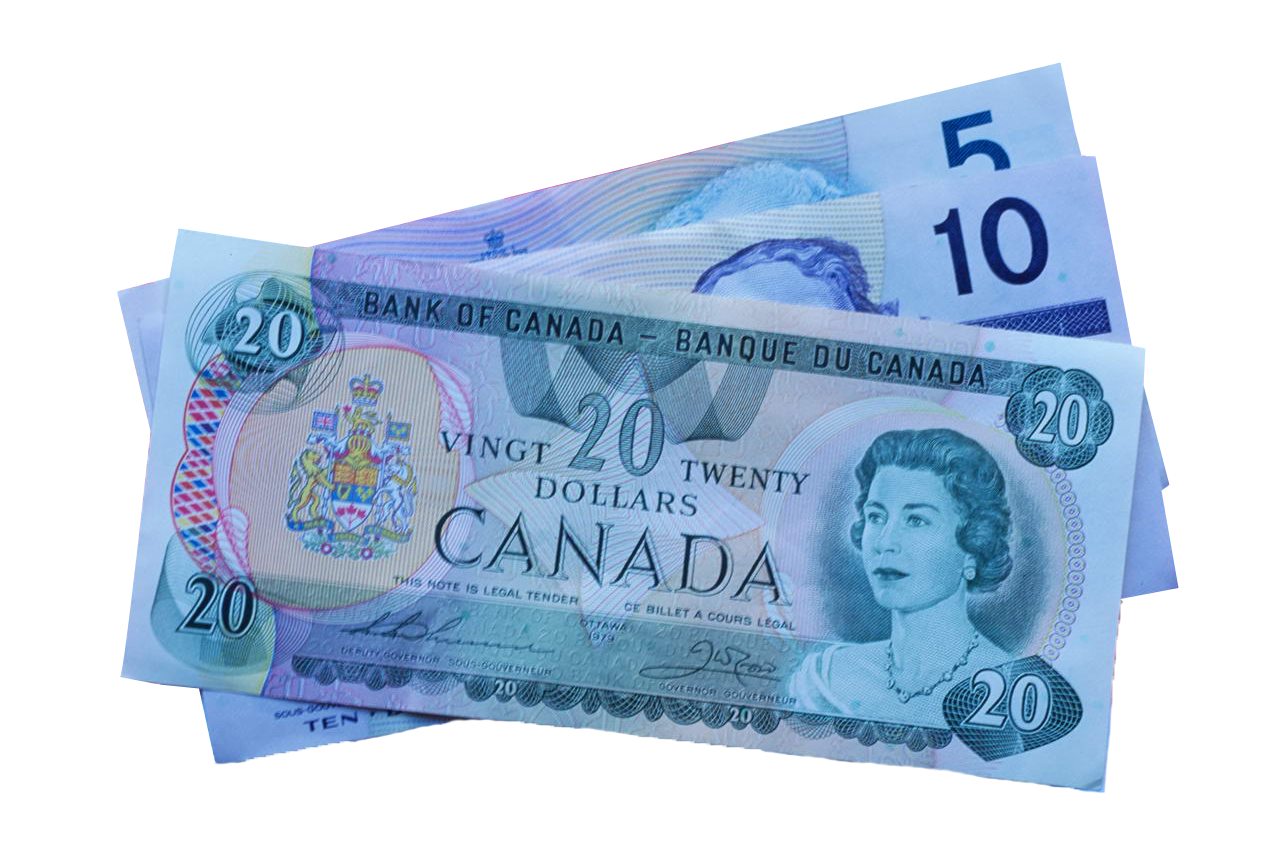Canadian Dollar Dips as Weak PMI and Declining Oil Prices Weigh, USD/CAD Approaches 1.3950 on Greenback’s Rebound
Canadian Dollar weakened on Wednesday with diminished factory activity and dropping oil prices weighing on the Loonie, pushing USD/CAD towards 1.3950. The Greenback rebounded from initial losses despite weaker US PMI and labor data, boosted in part by the US Supreme Court decision to halt President Trump’s bid to oust Fed Governor Lisa Cook. Canada’s manufacturing PMI indicated an eighth consecutive month of decline, while a surprise build in US crude stocks pulled WTI prices to multi-week lows, providing additional negativity for the CAD. KEY LOOKOUTS • USD/CAD inches up near 1.3950 as the US Dollar recovers from an early loss on weak US data. • US Supreme Court halts Trump’s attempt to oust Fed Governor Lisa Cook, boosting the Greenback. • Canadian manufacturing PMI shrinks for the eighth consecutive month, reflecting weakness in factory activity. • WTI crude falls to $61.50 per barrel following an unexpected build in US crude reserves, pressuring the oil-correlated Loonie. The Canadian Dollar fell against the US Dollar on Wednesday, with USD/CAD rising around 1.3950 as the Greenback strengthened even with weaker US labor and PMI figures. The USD rebound was partially underpinned by the US Supreme Court’s move to prevent President Trump from removing Fed Governor Lisa Cook, stabilizing sentiment. In Canada, its manufacturing industry remained weak, with PMI numbers suggesting a further contraction, and lower oil prices, underpinned by a surprise build-up in US crude inventories, further weighed on the commodity-linked Loonie. Canadian Dollar declined following weak factory data and lower oil prices, pushing USD/CAD to around 1.3950. US Dollar recovered despite weak data as the Supreme Court blocked Trump’s attempt to oust Fed Governor Lisa Cook. • USD/CAD is trading higher around 1.3950 as the US Dollar recovers from previous losses. • US Supreme Court prevents President Trump from trying to oust Fed Governor Lisa Cook, backing the Greenback. • ADP report indicates US private-sector jobs declined by 32,000 in September, a sharp downside shock. • US PMI reports indicate slower factory action, with ISM remaining in contraction territory. • Canadian manufacturing PMI declined to 47.7, the eighth consecutive month of contraction. • Sluggish factory production, falling new orders, and muted business sentiment put pressure on the Loonie. • WTI crude falls to $61.50 following an unexpected build in US stocks, pulling the oil-related CAD down. The Canadian Dollar came under fresh pressure as economic woes continued to depress investor confidence. Canada’s manufacturing sector remained weak, as recent PMI data released highlighted an eighth consecutive month of declining output. Contraction in output, new orders, and business confidence set continuing woes for factories, with tariff-driven pressures still weighing on costs. Meanwhile, muted hiring and cuts in inventories indicated further stress in the overall economy, and some were concerned about future growth prospects. USD/CAD Daily Chart Price SOURCE: TradingView To add to Canadian troubles, a decline in oil prices struck another blow at Canada’s commodity-sensitive currency. Oil prices fell to multi-week lows following US reports of a wider-than-expected build in inventories, hurting demand sentiment. In the meanwhile, news out of the United States also held the Greenback firm as the Supreme Court halted President Trump’s attempt to oust Fed Governor Lisa Cook, adding stability to the Federal Reserve. Collectively, they left the Canadian Dollar working hard for traction against its US equivalent. TECHNICAL ANALYSIS USD/CAD remains steadfast at the 1.3950 zone, indicating that buyers are still in command even with recent bouts of volatility. A sustained break above this line would leave the way open for a test of the psychological 1.4000 level, with near-term support at 1.3880, where short-term setbacks would be expected to uncover buying interest. Momentum indicators suggest a wary bullish bias, although any backslide below 1.3850 would leave the near-term outlook in the hands of sellers. FORECAST If the US Dollar continues to benefit from political stability and safe-haven demand following the Supreme Court decision, USD/CAD may continue higher. A clean break above 1.3950 would set the stage for a move towards the important psychological level of 1.4000, and if further momentum is gathered, buyers may target 1.4050 in the short term. Further strength in US data or greater weakness in Canadian manufacturing will enhance this positive scenario. Conversely, any subsequent softness in the Greenback because of subpar US economic data releases or waning fears of the partial government shutdown would pressure USD/CAD. A pullback from 1.3880 would open the way for the 1.3850 support level, with further losses likely to take the pair down to 1.3800. A price recovery in oil or better Canadian data would also find favor with the Loonie, capping further gains in the pair.




